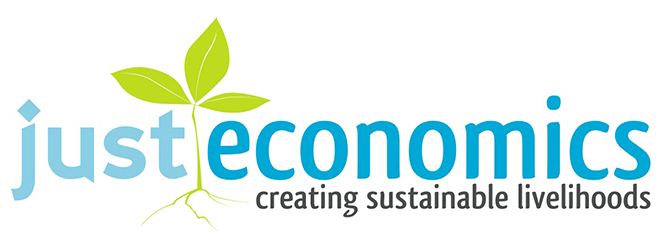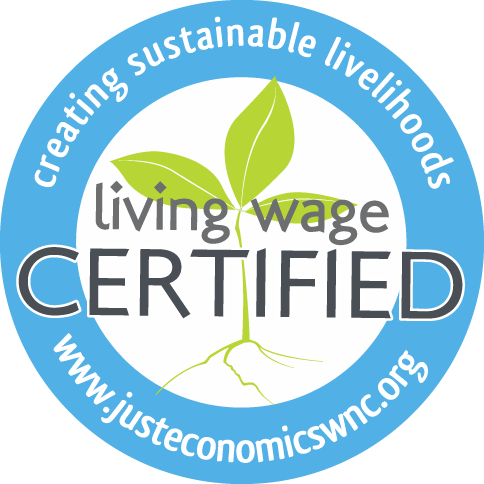Even now, in 2022, women and particularly women of color continue to make significantly less than white male counterparts in the workforce, across all industries. In fact on August 3, as communities across the country mark Black Women’s Equal Pay Day, we know that Black women earn 58 cents for every dollar paid to a white, non-hispanic man. Women as a whole earn an average of $.73 for every dollar.
According to a fact sheet produced by the National Partnership for Women & Families, if this gap were to be eliminated it would mean that the average income for Black women would increase by $23,074 annually. That’s money that could cover rising costs of healthcare, housing, food, and childcare.
When we know better, we can do better
This pay gap paints a very clear picture as to what equal pay standards could mean for working women in our country.
For those who rely on public assistance – including benefits like healthcare, food, or housing assistance, there is another gap to clear and it is referred to as a Benefits Cliff.
When those receiving public assistance go back to work or begin to make more money at their job they may no longer qualify for the same level of benefits. The Cliff Effect happens when a person’s income rises but, as a result of that pay increase, they experience an overall loss of combined income and benefits.
This happens because some public assistance programs can create barriers that keep people from advancing financially. Many public benefits stop at a given income level; once a person crosses that level, the benefit amount drops to zero.
This impact can be confusing to navigate for someone receiving benefits and equally complicated for employers who want to increase pay in a way that is an overall benefit to their employees.
The Benefits Calculator Explained
Understanding the impact of this issue is crucial for community leaders and policy makers, as well as those most impacted by the issue.
.
That’s why representatives from the Housing Authority of the City of Asheville, the Asheville Area Chamber of Commerce, Just Economics, Operation Gateway, and United Way of Asheville and Buncombe County came together to create a resource that would help all parties better navigate the benefits cliff. With support from the WNC Bridge Foundation and East Fork Pottery, this group contracted with Forsyth Futures to replicate a Benefits Cliff Calculator similar to the one being used in Forsyth County.
Organized from the perspectives of three different audiences, the Benefits Cliff Calculator outlines tools to help people get over the cliff and build bridges to economic advancement:
- Individuals who are receiving benefits can learn where those thresholds are for losing benefits, access resources, and better navigate the cliff;
- Employers can learn how to best support their employees with benefits that compliment their wages; and
- Community members and decision makers can find information to better understand the gaps that need to be filled with community resources, and advocate for better assistance for individuals coming out of poverty.
This information can all be found at buncombebenefitscliff.org


